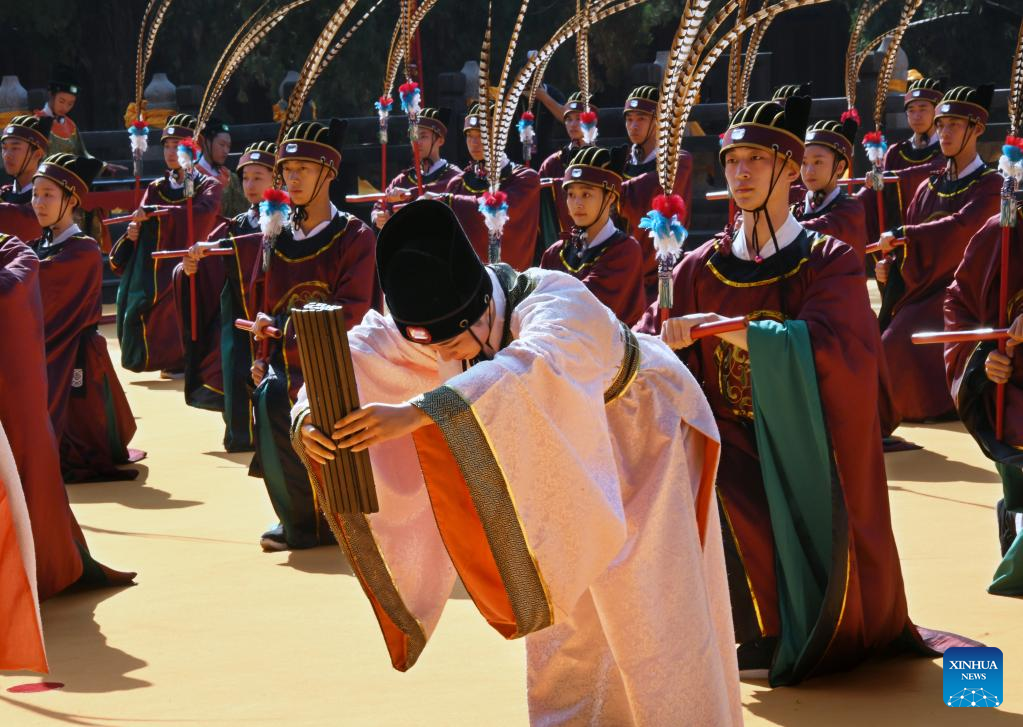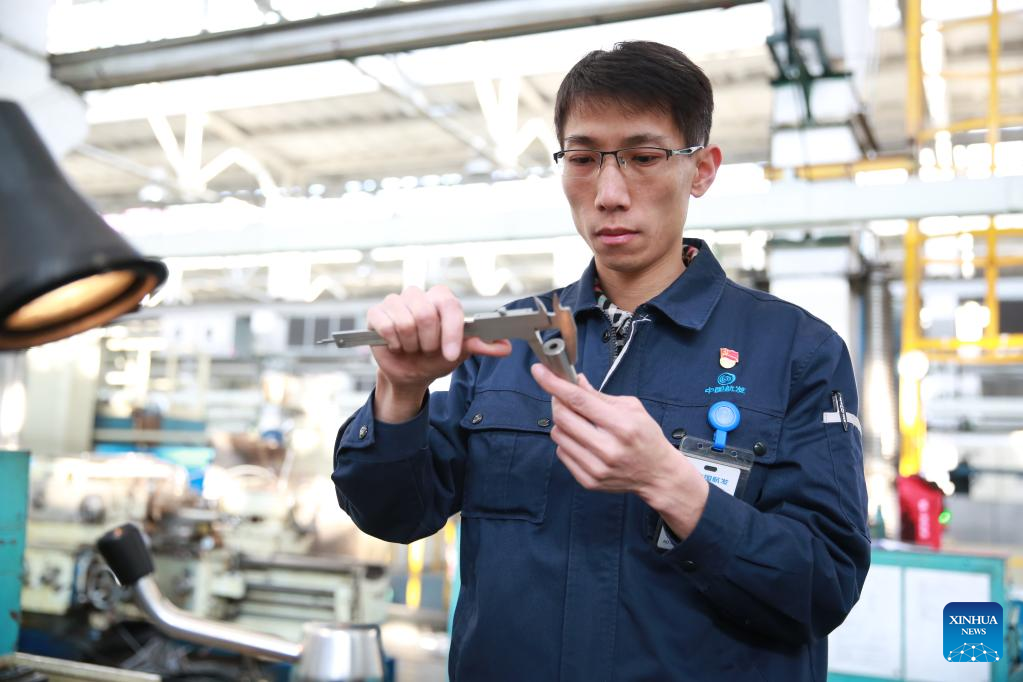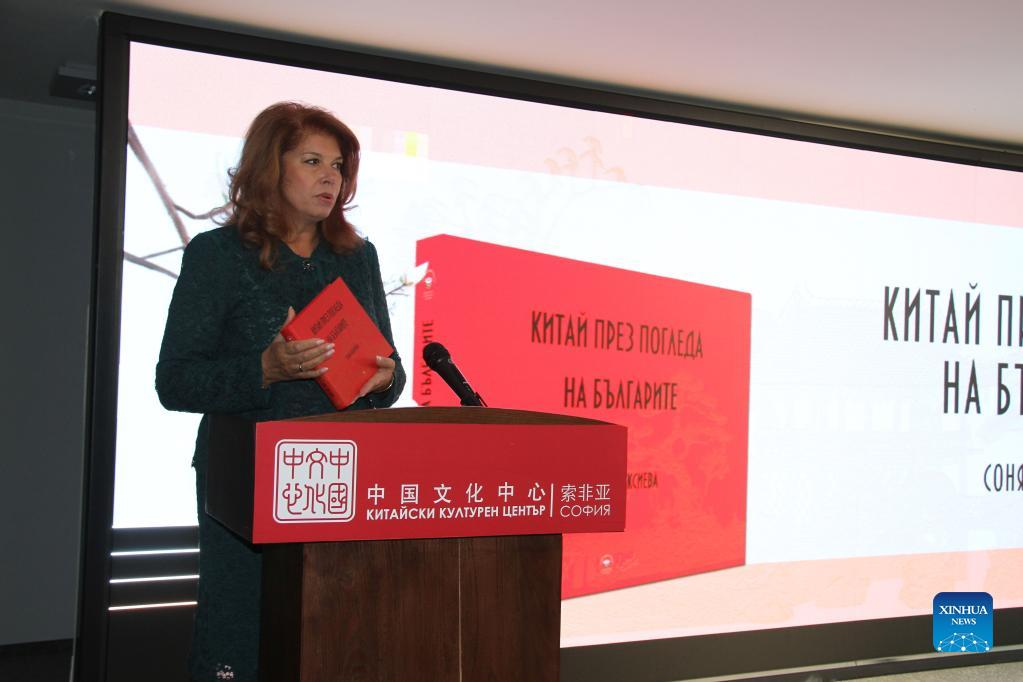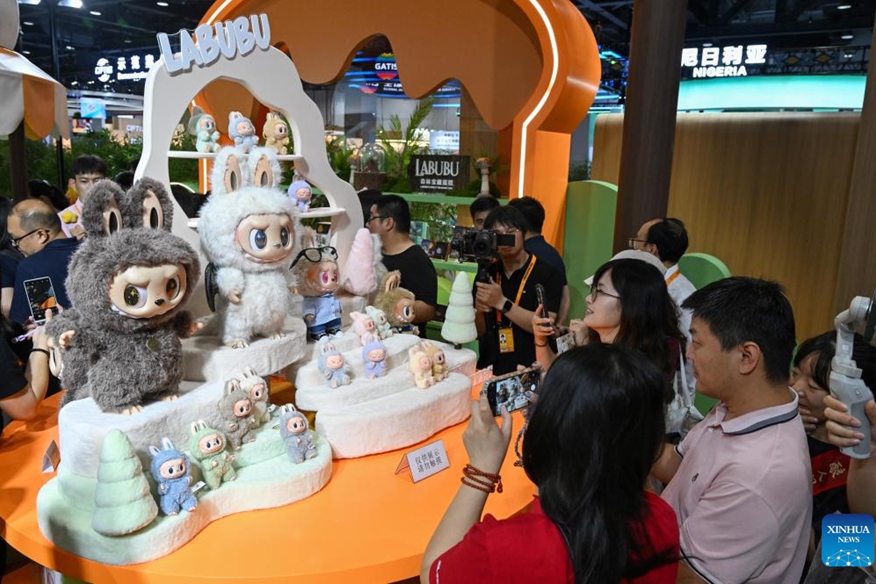As 2024 marks the 10th anniversary of China’s Grand Canal being inscribed on the UNESCO World Heritage list, and with International Museum Day falling on May 18, museums in Jiangsu Province are holding various exhibitions to explore the cultural heritage and modern development of the ancient waterway system.
The vast waterway system passes through eight cities in Jiangsu, namely Xuzhou, Suqian, Huai'an, Yangzhou, Zhenjiang, Changzhou, Wuxi and Suzhou. Many museums along the course are dedicated to the canal, which formed the backbone of the inland communication and transportation system in ancient times.
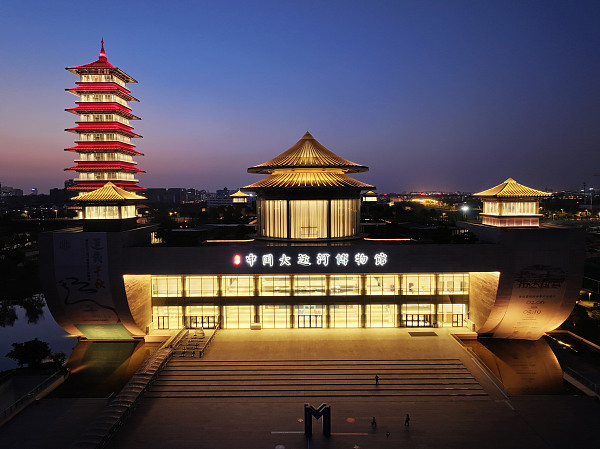
(CFP Photo)
Among these facilities, the China Grand Canal Museum in Yangzhou, which opened in June 2021, topped the list of popular museums in Jiangsu in the first quarter of this year. It boasts a collection of more than 10,000 items, comprehensively showcasing the historical, cultural, ecological and technological aspects of the Grand Canal. As a landmark museum for the construction of the Grand Canal National Cultural Park, the museum has also incorporated digital exhibitions and traditional opera performances to enable visitors to gain insight into the canal’s history and evolution in an immersive way.
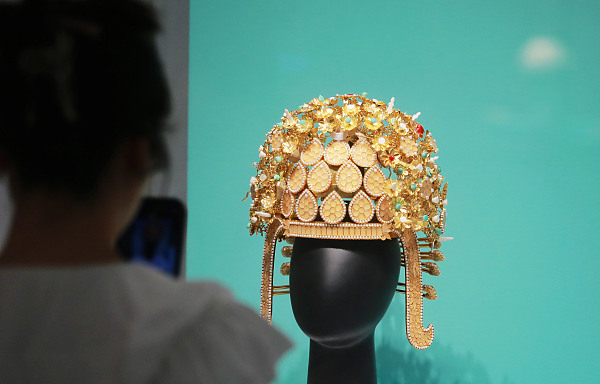
Inside the museum, a crown of Empress Xiao from the reign of Emperor Yang of the Sui Dynasty (581-618) is the best-preserved crown discovered in China to date. Excavated in 2013 in the tomb of Emperor Yang, the original phoenix crown was severely eroded. Cultural relics experts later repaired the crown and made a replica featuring its original appearance, using 10 kinds of materials and 12 processing techniques.
Also in Yangzhou, the Grand Canal Salt Merchants Culture Exhibition Hall showcases the history and prosperity of the salt industry around the ancient Huaihe River. Visitors can learn about salt merchants' mansions as well as their rise and fall in the business.
In Suzhou, the Grand Canal Heritage Exhibition Hall is dedicated to the evolution of the waterway’s Suzhou section, the network of rivers in the ancient town, and historical and cultural legacies related to the Grand Canal.
Changzhou City is home to the Grand Canal Memory Museum, focusing on local customs on both sides of the canal and the close relationship among the canal, the city and residents.
Huai’an City holds a significant place in the history of the Grand Canal as it is at the intersection of the ancient Huaihe River and the Canal. The city’s ancient town Hexia used to be a major hub of salt merchants. A visit to the city’s museum will reveal more about the history of local opera, celebrities and river governance.
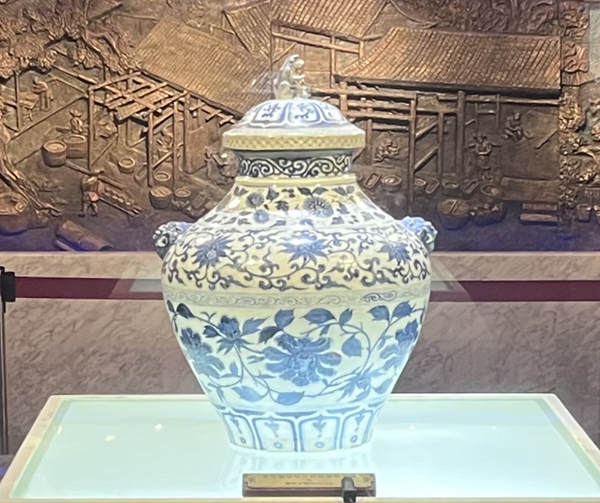
(Photo provided to Xinhua Daily)
Huai’an also has a museum dedicated to caoyun, the centralized grain transportation system used by central governments of imperial China. In exploring the history and culture of caoyun, this museum showcases transport tools, relics, letters of ancient officials and gauges related to the grain transport. Recently, it has displayed the museum's centerpiece - a rare blue and white porcelain vase made in Jingdezhen kiln from the Yuan Dynasty (1271-1368).
In ancient times, Huai'an and Yangzhou became prosperous because of the canal, gradually forming the Huaiyang cuisine, known for being light, delicious and exquisite. In
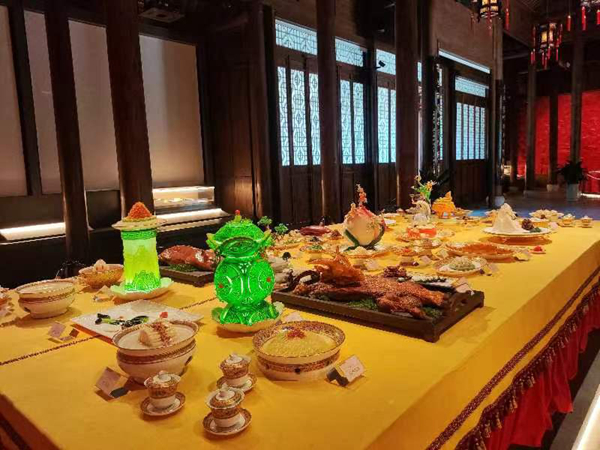
Yangzhou, the China Huaiyang Cuisine Culture Museum is certainly an ideal place to understand the development and innovation of this prestigious culinary genre.
Notably, the museum highlights the Manchu-Han Imperial Feast, one of the grandest meals ever documented in China's culinary history. Divided into five levels, it consisted of 108 dishes from over 600 choices for the Manchu and Han ethnic groups during the Qing Dynasty (1644-1911). Yangzhou’s culinary experts and scholars later sorted, researched, and selected 36 representative dishes, which are now on display at the museum.
In Suzhou, the Su He Sheng Pearl Museum is adjacent to the ancient canal and the famous scenic spot Hanshan Temple. Taihu Lake, which is located in Suzhou and Wuxin cities, has a history of freshwater pearls spanning over 6,000 years. In the Qing Dynasty, Empress Dowager Cixi favored the Taihu Lake pearls, so Su He Sheng was established in 1886 to cultivate pearls exclusively for the imperial court. The museum's treasure collection includes a 2500 kg Maitreya statue, made using over 500,000 pearls by 12 craftsmen in 108 days.




